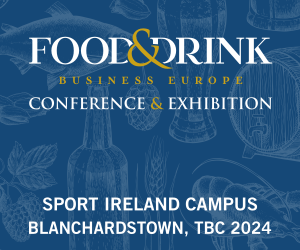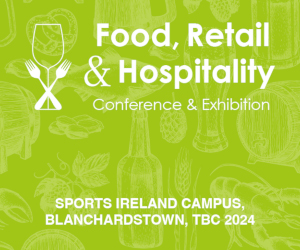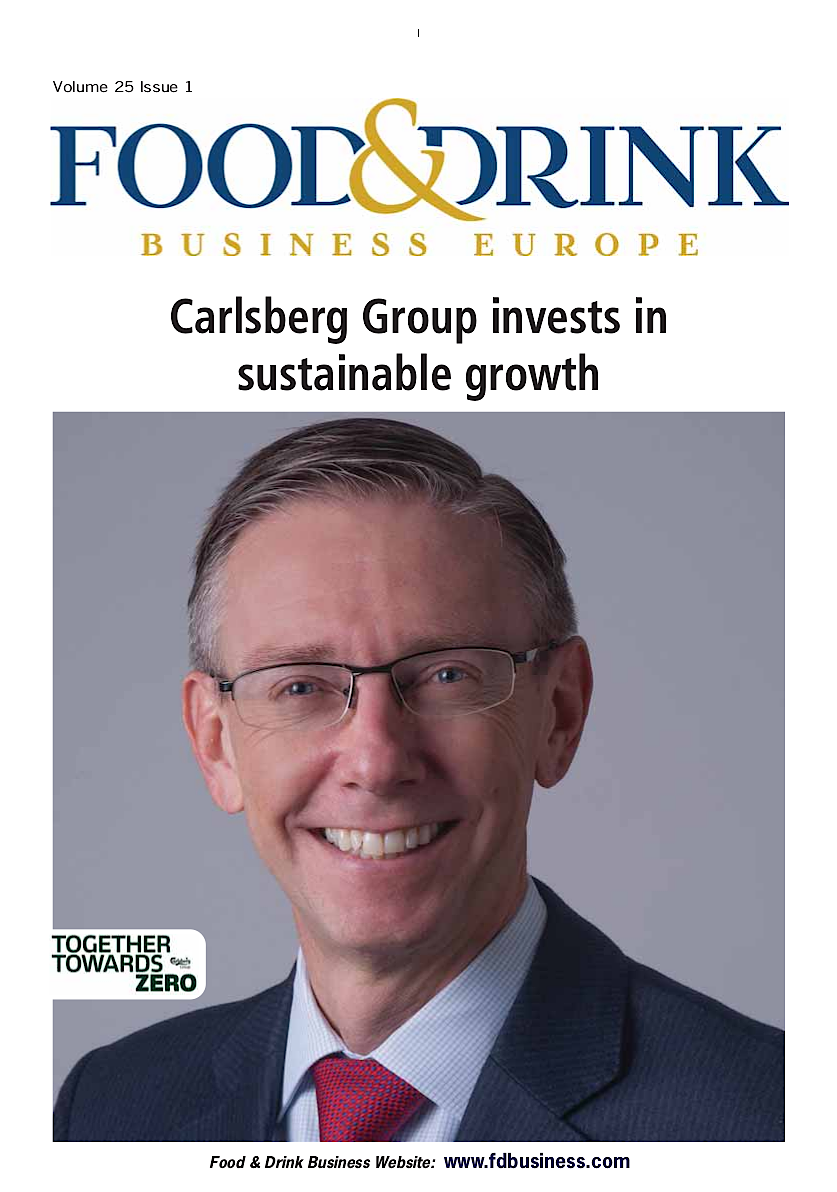Cocoa genetics: Mars unlocks sequence to higher yields and tastier chocolate

Mars has discovered the genetic sequence to breed higher yielding, disease tolerant cacao trees that could lead to better tasting chocolate.
It made genetic markers for the world’s mostly commonly cultivated cacao plant, the green podded Costa Rican Matina and its Amelondao clones, publicly available this week after preliminary testing in 2010.
The research in collaboration with the US Department of Agriculture, Indiana University, Hudson-Alpha Institute and IBM, could go some way to averting a forecasted cocoa deficit.
Produce clones quicker
Speaking to ConfectioneryNews, Juan Carlos Motamayor, program manager on genomics and genetics at Mars said: “Now with the final genome assembly we can improve the breeding process using these markers.”
Traditional cocoa breeding – which is done by putting different tree varieties into the same field – can take between 12-18 years before the desired clone is created, but the markers are expected to reduce the time to 7-8 years.
“With the markers you have the winning combinations in advance. You considerably increase your chances of getting the clones you want,” said Motamayor.
500% increase in yields
Mars has yet to put the latest markers into practice but it is anticipating cocoa yields will be 3 to 3.5 tons per hectare.
This is a dramatic increase from regular Matina trees, which yield around 450 kilos (0.5 tons) per hectare.
It comes as analysts have tipped demand for cocoa to outstrip supply by 1 million tons by 2020.
“In the future there could be a gap in cocoa sourcing. If we increase the yields like that, there will be no impact on cocoa prices,” said Motamayor.
He added that the optimized trees would require less pesticide, produce a better bean size and be more resistant to diseases.
Handling color for tastier chocolate
The clones could be grown in any cocoa region, but Mars will use the research mainly in its breeding program in Ecuador.
The company had already been using the preliminary results from 2010 in the program.
“We have had high yielding, good tasting clones but they had red pods,” said Motamayor.
Red pod varieties, called CCN 51, are high yielding but have an undesirable taste, as opposed to green pods, which are conventionally low yielding but are richer tasting. Beans mixed from red and green pods reduce the quality of chocolate.
Color markers will now allow Mars to do screening for green pods, which will lead to better tasting chocolate.

Red pods are considered poorer tasting than their green counterparts. Photo Credit: Mars
Benefit for farmers
The genome is also expected to benefit cocoa farmers.
“Our strategy is to increase land efficiency. We try to promote growing cocoa in less space,” which allows farmers to diversify their crops to boost income, said Motamayor,
According to the World Cocoa Foundation, there are around 200,000 smallholder, cocoa-growing households in West and Central Africa.
Public access
Mars has made the genetic sequence public access in the journal Genome Biology. See HERE.
It say it decided to go public with the results to make cocoa science more attractive to scientists after the number of specialists in the field has dropped markedly since the Fifties and Sixties.
“All researchers can see how these can be put into place. It explains how they can leverage the genome sequence to do breeding,” said Motamayor.
In 2010 the International Cocoa Genome Sequencing Consortium, which excluded Mars, also published the genome of the Criollo cultivar, which is typically used in high-end premium chocolate. Results are available HERE.


































